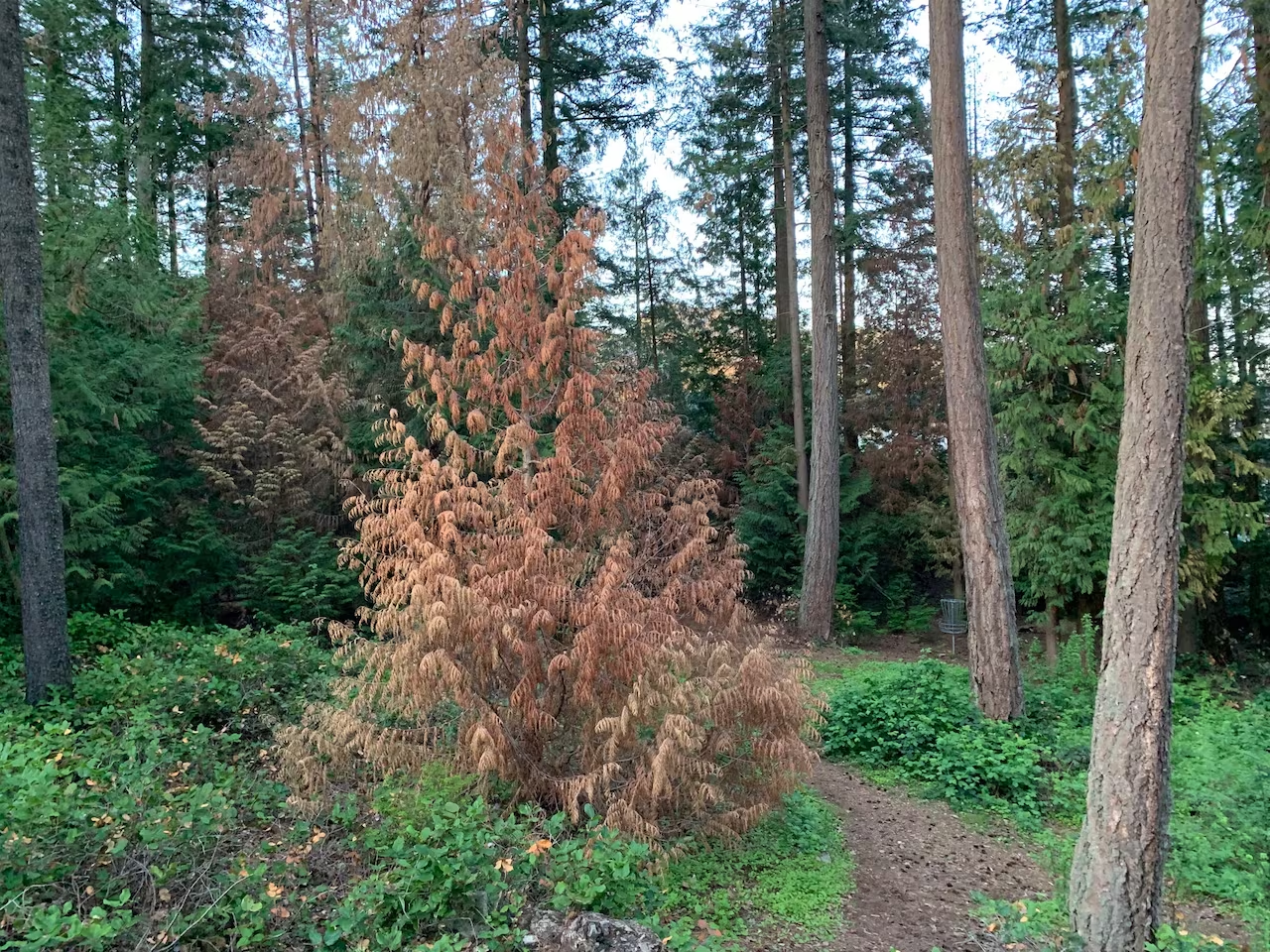Why Are Cedar Trees Turning Brown?
Cedar trees are turning brown primarily due to environmental stressors, insect infestations, and diseases.

Why Are Cedar Trees Turning Brown?
Cedar trees are turning brown primarily due to environmental stressors, insect infestations, and diseases. Environmental stressors can be further categorized into abiotic factors such as drought, excessive salinity, or nutrient imbalances. Given that cedars are native to regions with higher moisture levels, they are particularly sensitive to drought conditions. When water is scarce, the tree's physiological processes are disrupted, leading to browning, especially at the tips of branches. Nutrient imbalances or deficiencies can also trigger a change in needle colour, particularly if the soil lacks essential elements like nitrogen or phosphorus.
Insect infestations, such as those by the cedar bark beetle, are another critical factor. These insects damage the tree both directly and indirectly. Direct damage occurs when insects bore into the wood, feeding on it and creating channels that disrupt nutrient and water transport. Indirect damage happens when these channels become entry points for pathogens, further compromising the tree's health. The tree's natural response is to divert resources away from the damaged areas, often leading to browning and needle drop as the tree triages its own resources.
Diseases also play a role, and these can be fungal, bacterial, or viral. Root rot is a common affliction that may cause browning, usually affecting trees that are planted in poorly drained soils. Diseases like Cedar Apple Rust can also cause foliage to brown and drop prematurely. These diseases weaken the tree's defenses, making them more susceptible to other threats, thereby creating a vicious cycle of stress and decline. In summary, the browning of cedar trees can be attributed to a complex interplay of environmental stressors, insect activity, and diseases, each exacerbating the other and collectively compromising the tree's health.
Cedar Bark Beetle
The cedar bark beetle (Phloeosinus sequoiae) is an insect that poses a significant threat to cedar trees, particularly when these trees are already stressed due to other factors like drought or disease. Understanding the mechanism by which the cedar bark beetle kills cedar trees requires a brief foray into both entomology and plant physiology.
The Cedar Bark Beetle Lifecycle
Adult cedar bark beetles bore into the bark of the cedar tree to lay their eggs. The eggs then hatch into larvae, which feed on the phloem and cambium layers. These are the essential tissues for nutrient and water transport within the tree. The adults also create "galleries," or tunnels, as they burrow through these layers.
Impact on Cedar Tree Health
Now, here's the kicker: the feeding activity of the larvae coupled with the tunneling by the adults disrupts the tree's vascular system. In a healthy tree, the xylem and phloem layers act like highways for water, nutrients, and sugars. When beetles and larvae infest these layers, they effectively cut off these routes. Consequently, the tree can't transport the essential nutrients and water from the roots to the leaves and vice versa. Essentially, it's akin to clotting the arteries in a human body.
Secondary Factors: Fungal Pathogens
Often, the beetles are vectors for fungal pathogens. When the beetles bore into the wood, they introduce fungi that can further weaken the tree by damaging tissue and possibly producing toxins. This serves a dual function: it exacerbates the tree's decline and creates a more favorable environment for the beetle larvae.
Cumulative Stress: The Final Blow
The cedar tree, already possibly weakened by environmental stressors like drought or poor soil conditions, now has to deal with an internal systemic failure due to the beetles. This is usually the point where "dieback" starts to appear, initially in the upper foliage and subsequently throughout the tree. Over time, the tree may die, either directly due to the inability to transport nutrients and water or indirectly through increased vulnerability to other diseases and adverse conditions.
In summary, the cedar bark beetle doesn't just "attack" the cedar tree; it launches a multi-pronged assault that compromises the tree's internal nutrient and water transport systems while potentially introducing secondary pathogens. This is often enough to tip the scales against an already-stressed tree, leading to its decline and eventual death.
